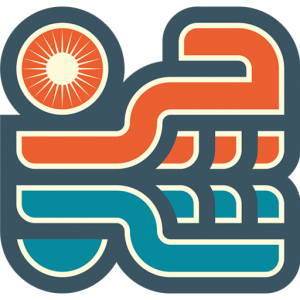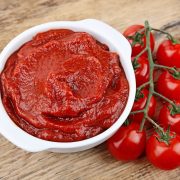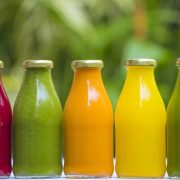Vegetable Oil processing line
If you are interested in developing your information about all kind of edible oils and vegetable oil processing line, follow us in this article.
In the processing line of edible oils, it is possible to produce a completely different quality oil, which determines the quality of the oils required by the market.
Introduction of various types of oils
Different oils require different processes to achieve their best quality.
To better understand, we first take a glimpse of the types of oils and their sources, and then we explain the vegetable oil processing line.
Edible oils
Edible oils are usually obtained from vegetable or animal fats.
Vegetable fats at room temperature are fluid. These types of oils often come from plants, fruit trees, plant seeds, and so on. Often, animal fats are solid at room temperature and therefore cannot be considered as oil. But some animals, such as fish, valleys, and some animals that live in cold climates, are fatty to liquid oil.
Vegetable oils
Vegetable oils are extracted from plants or their seeds. Some vegetable oils, such as cottonseed oil, are not suitable for human consumption without special operations on them.
Vegetable oils, like all kinds of fat, are made up of glycerine esters, as well as a mixture of different types of fatty acids. These oils do not dissolve in water, but they are soluble in some organic solvents.
Types of vegetable oils
Peanut oil, Almond Oil, Rice Oil, Olive Oil, Avocado Oil, Soybean Oil, Walnut Oil, Castor Oil, Hazelnut Oil, Corn Oil and so on.
Oil Seeds
The oil seeds which is used in the vegetable oil processing line include:
Sesame, grape seed, sunflower, cotton, hemp, mustard, oilseed rape and so on.
Of these oils, most people use olive oil, sunflower oil and palm oil (which is solid at room temperature) to prepare their own meals.
Introducing vegetable oil processing Line
In this article we’ll explained about this steps.
Step 1: Vegetable oil refining line
In the process of vegetable oil refining, we have to go through some steps, in the article below we explained about this steps.
Degumming
Degumming reduces the phosphatides content in some crude oils (soybean, sunflower, rapeseed etc.)

Neutralizing
The free acids contain in oil can be either alkali neutralize. Most oils can be “physically” neutralize in the deodorizer render this alkali treatment unnecessary.
Bleaching
During this operation most coloring pigments are removed by absorption bleaching earth.
Deodorizing
Odour and taste are removed under special condition (high temperature and sparge steam)

Winterizing
Some oils like sunflower will present an un-pleasant turbidity at low temperature. This can be removed by eliminating components like waxes which solidify at low temperature.

Fractionation
In naturally occurring edible oils and fats there are a range of fatty acids involved with the triglycerides. These fatty acids can be saturated, unsaturated, long chain or short chain and in themselves have different melting points. Fractionation can then enable products with less impurities and more specific solid/liquid characteristics to be produced with better functionality in the product and therefore of a higher value.
In edible oil processing, a fractionation process consists of a controlled cooling of the oil, thereby inducing a partial, or ‘fractional’, crystallization. The remaining liquid (olein) is then separated from the solid fraction (stearin) by means of a filtration or centrifugation.
Theoretically, winterization/dewaxing is different from fractionation. However, they have the same technical process, same with the equipments needed.

Different oils need different process to get better quality. Our engineer can help you choose most suitable line according to your raw material and requirements. If you want to know more about oil processing plant, please feel free to contact us.
Hydrogenation
This process is used to saturate the oil and increase its melting point. The hydronated product is then suitable for use as component in margarine.
Interesterification
This process modifies the physical properties of the oil by interchange between the different tryglecites. The interesterified product is then suitable for use as component for margarine and other specialist uses.
Step 2: Transferring to tanks
After completion of the purification operation, the oil is transferred to the storage tanks of refined vegetable oil.
Step 3: Filling and packaging
At this stage of the production line, the use of fully automated machine, refined oil, packed in different volumes, and then ready to be sold.

Installing vegetable oil processing line
If you want to get more advice on installing vegetable oil processing line or need to purchase the equipment and machinery needed in the vegetable oil processing line, contact our colleagues at the Shabchare feed and beverage company.







Leave a Reply